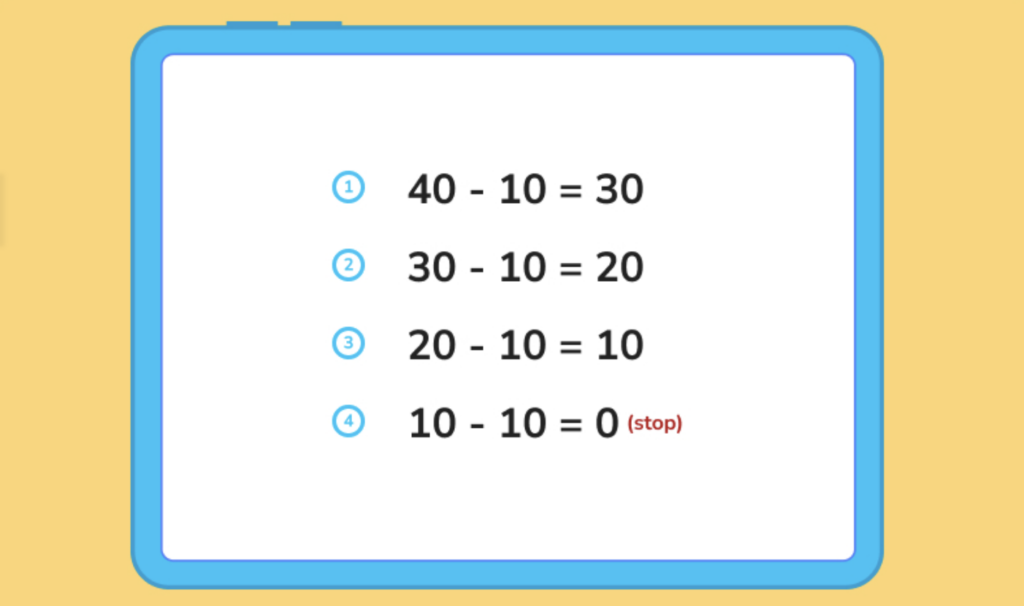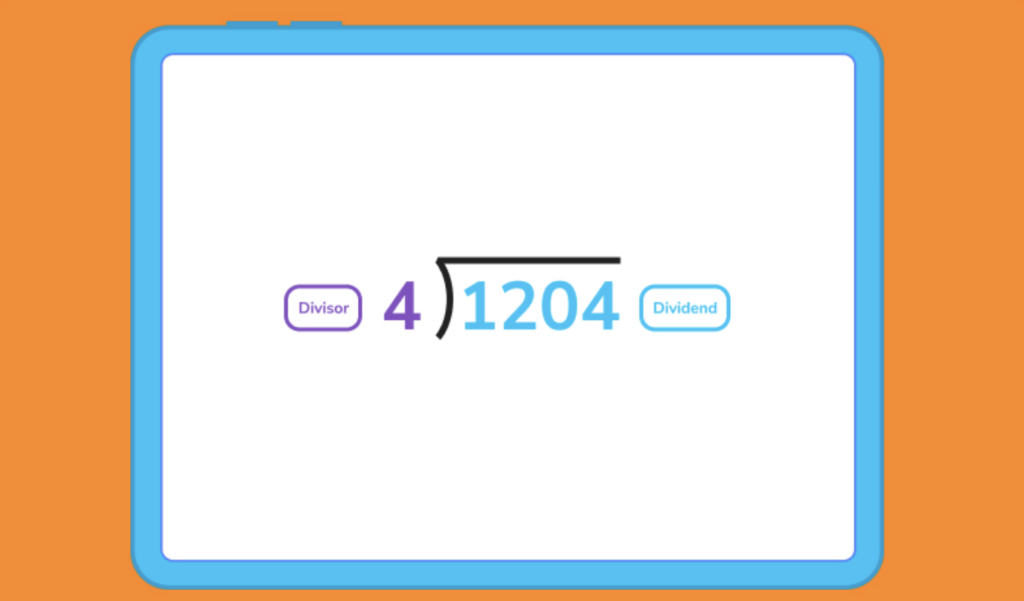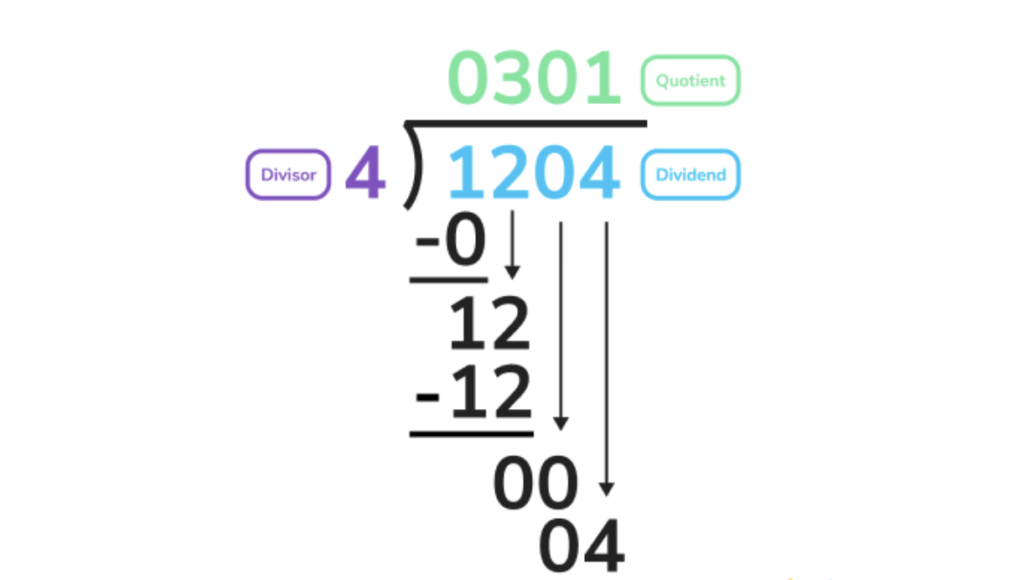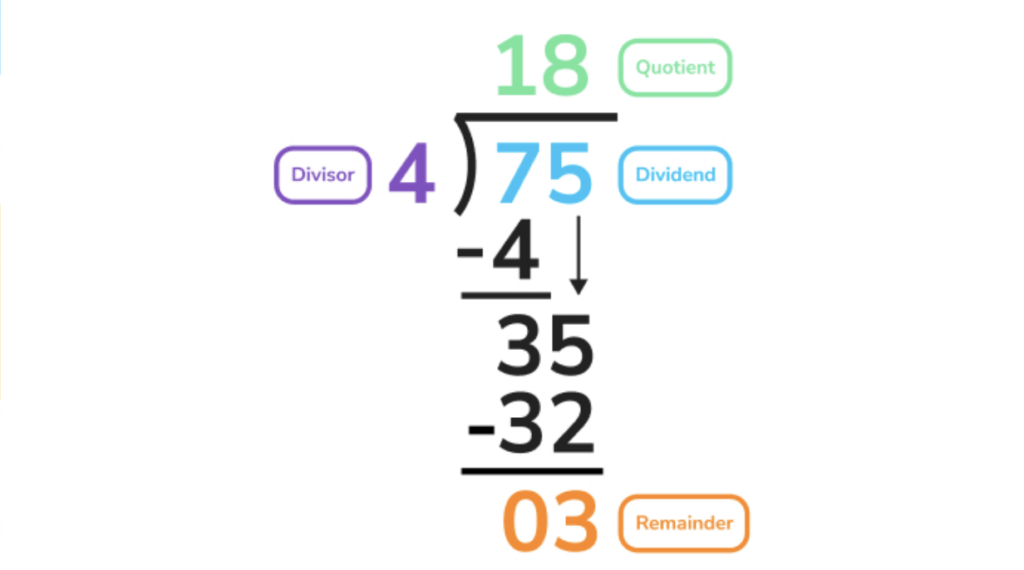Learn more about this important division term and discover ways to find the quotient using simple subtraction methods

Author
Taylor Hartley

Expert reviewer
Jill Padfield
Last updated: August 24, 2023


Learn more about this important division term and discover ways to find the quotient using simple subtraction methods

Author
Taylor Hartley

Expert reviewer
Jill Padfield
Published: August 24, 2023




Learn more about this important division term and discover ways to find the quotient using simple subtraction methods

Author
Taylor Hartley

Expert reviewer
Jill Padfield
Last updated: August 24, 2023


Key takeaways
Knowing how to find the quotient is a foundational maths concept. It’s very simple — we divide one number by another, and the result is the quotient.
Let’s dig in to learn more about the quotient, the forms it can take and how to find it using subtraction skills!
When we divide one number by another number, we get the quotient. The quotient can be a whole number or integer, or, if the first number is not completely divisible, it can be a decimal.
Some division problems even give a quotient with a remainder. There are a couple of different ways to find the quotient, too — let’s dive in to explore this concept with examples.
Unlock unlimited maths questions
Put your learning into practice with fun exercises + games that are proven to boost ability!
The quotient is the number we get when we divide one number by another.
For example, let’s take a look at the simple equation 6 ÷ 3 = 2. When we divide, we see that the result is 2.. So, 2 is the quotient. As a refresher, when talking about division, 6 is the dividend and 3 is the divisor.
A quotient can come in a variety of forms, such as whole numbers and decimals. Let’s look at a couple of examples!
When a number is perfectly divisible by another, the quotient is a whole number. For example, 24 ÷ 6 = 4. In this case, 24 is completely divisible by 6 and the whole number 4 is our quotient.
When a number is not perfectly divisible by another number, the quotient is a decimal.
For example, 16 ÷ 5 = 3.2. These types of division problems leave a remainder (R). This remainder is another way to find the quotient. You may also write this equation like:
16 ÷ 5 = 3 R 1 (quotient = 3 and remainder = 1)
DoodleMaths is an award-winning app that’s filled with thousands of questions and games exploring multiplication, division and more!
Designed by teachers, it creates each child a unique work programme tailored to their needs, doubling their progression with just 10 minutes of use a day. Try it for free!

To find the quotient, you must divide two numbers. You can use repeated subtraction or long division — it’s up to you! Let’s break down each method.
Remember how to subtract? Some find subtraction easier and less overwhelming than division, and it can be helpful to think of division as a repeated subtraction problem.
To find the quotient through repeated subtraction, subtract the divisor from the dividend until you get a 0 or until subtraction is no longer possible. Here, the number of times we subtract is the quotient.
Let’s do an example problem together!
Find the quotient of 40 ÷ 10 using repeated subtraction.

We subtracted 10 four times to get 0, so the 4 is the quotient.
When finding the quotient in math using long division, we simplify the problem by dividing large numbers into groups or parts.
To divide a number using this method, let’s draw a division house. Here, we write the divisor outside the division house, and the dividend inside the house. The quotient is written on top. Here’s an example of what that looks like:

DMSBR is a helpful acronym to remember long division steps. DMSBR: divide, multiply, subtract, bring down, repeat. Want to have some fun memorising it? Come up with your own words for each letter in the acronym!
Let’s do an example together with the steps written out:

When using long division, not every divisor will divide equally. Oftentimes, you will have a leftover bit that can’t be divided any more. This is called your remainder, which is represented with an R hence the R in DMSBR.
Let’s take a look at an example of a long division problem that has a quotient with a remainder:
Find the quotient of 75 ÷ 4 using long division.

1. Find the quotient: 18 ÷ 6
Divide 18 by 6 to get 3. We know that a quotient is the number you get when you divide one number by another. So, the quotient is 3.
2. What is the quotient in this equation? 86 ÷ 2
Divide 86 by 2 to get 43. We know that a quotient is the number you get when you divide one number by another. So, the quotient is 43.
3. True or false. Quotients can be whole numbers or decimals.
True. Quotients can be whole numbers or decimals. Quotients can be decimals when a number is not completely divisible by another number.
Ready to give it a go?
Now that we know what a quotient is and how to find it, we’re ready to do a few more practice problems to put our new skills to the test! Work through the following problems on your own. Feel free to look back at the practice problems above if you get stuck, or if you need a quick reminder on how to find the quotient.
Question 1: Find the quotient of 30 ÷ 5
Question 2: What does DMSBR stand for?
Question 3: Find the quotient of 144 ÷ 12 using repeated subtraction
Question 4: Find the quotient of 435 ÷ 25 using long division
Question 5: What is the quotient in the following word problem: Brian needs 4 lemons to make a glass of lemonade. If he has 24 lemons, how many glasses of lemonade can he make?
The quotient is 6.
How did we get here?
Divide, multiply, subtract, bring down, repeat.
How did we get here?
The answer is 12.
How did we get here?
The answer is 17 R 10
How did we get here?
Brian can make 6 glasses of lemonade.
How did we get here?
Sign up for the DoodleMaths app today!
Turn maths into an adventure when you sign up for DoodleMaths.
In math, the quotient is the result of dividing two numbers whereas the product is the result of multiplying two numbers.
When practicing your division skills, it’s important to know the terms. The most important are dividend, divisor, quotient, and remainder.
The quotient in math is the number we get when we divide one number by another. In perfect division, a quotient is a whole number with no remainder. But sometimes, a number can’t be perfectly divided, and there is a leftover number. This number is the remainder, and can often be expressed as a decimal number.
A helpful tip is to remember that the dividend equals the divisor multiplied by the quotient plus the remainder.

What is division in maths?
Learn everything you need to know about division and have a go at some questions
How to do long division
Read our easy long division definition and explore our step-by-step guide
Roman numerals from 1 to 100
Learn the Roman numerals from 1 to 100 and have a go at some questions!
Lesson credits

Taylor Hartley
Taylor Hartley is an author and an English teacher. When she's not writing, you can find her on the rowing machine or lost in a good novel.

Jill Padfield
Jill Padfield has 7 years of experience teaching mathematics. She is currently working as a Business Analyst, working to improve services for Veterans while earning a masters degree in business administration.

Taylor Hartley
Taylor Hartley is an author and an English teacher. When she's not writing, you can find her on the rowing machine or lost in a good novel.

Jill Padfield
Jill Padfield has 7 years of experience teaching mathematicss. She is currently working as a Business Analyst, working to improve services for Veterans while earning a masters degree in business administration.
Book a chat with our team
If you’d like to use Doodle’s browser version, please visit this page on a desktop.
To log in to Doodle on this device, you can do so through our apps. You can find out how to download them here: